Consequences of rape culture in media must not be dismissed
October 21, 2015
This is an opinion article and does not necessarily reflect the views of The Tulane Hullabaloo.
On Oct. 7, “American Horror Story” returned for its fifth season. It came back in full force, the first episode including multiple murders, substance abuse, child abduction and, in typical, “American Horror Story” fashion, a particularly brutal rape scene. “Intended for mature audiences only,” however, is not a get-out-of-jail-free card. Needless, gratuitous violence, especially sexual violence, should not be promoted on a show marketed to young adults.
There’s an important distinction between dealing with sensitive topics and fetishizing violence as a means to be edgy. In “American Horror Story: Murder House,” the authors developed the rape of Vivien Harmon, played by Connie Britton, by exploring the physical aspects, such as her pregnancy, as well as the severe mental consequences associated with violent sexual assault. These became the major plot points. Rape was not a subplot or flashy image on the side to capture attention on the show. It took its rightful place as the dominant issue.
Since the first season, however, “American Horror Story” has not been able to tastefully deal with rape. From “American Horror Story: Asylum” portraying the all-too-real rape of a gay woman as “therapy” for her homosexuality to a violent frat party gang rape in “American Horror Story: Coven,” the show has really missed the bullet with how rape actually affects people.
Sexual assault is rampant in this country. With approximately 20 percent of college-aged women experiencing sexual assault, this passe rape-of-the-day exposure can be triggering, isolating and taunting. It makes light of a serious issue by not focusing on the symptoms that follow. If “American Horror Story” wishes to continue to depict rape, it should offer some clue into what the post-rape experience looks like. The television show should use its role in media to guide women to seek help. If “American Horror Story” does not want to shift the paradigm around rape, it has no right to graphically display it in the name of entertainment.
“American Horror Story” is not exclusively guilty in using rape gratuitously. “Game of Thrones” garnered some attention for the same issue in the last season. In one episode, Sansa Stark, played by Sophie Turner, is forced into marriage and is explicitly assaulted by her new husband off-camera, as the camera pans in on a man whom she grew up with who watches while crying. Sansa’s rape sets up a redemption story line for Theon Greyjoy, but the show uses it only in this context — as a way of furthering a male character’s storyline.
Hopefully, “American Horror Story: Hotel” will turn it around this season. With Lady Gaga joining the cast, it has potential. It is startling to see her on a show that has a history of gratuitous rape, since the artist released a music video for her song “Til It Happens To You” in September in which she dealt with rape on college campuses, focusing in on specific stories of hurt and healing, and ending the video with statistics and a list of hotlines.
Gratuitous rape is epidemic right now. Using a sensitive topic as a tool to seem edgy or flashy is not acceptable and it cannot continue. This trend is dangerous, especially when the people who watch this show are among the demographic most likely to be affected by this issue. Arguing that exposure is necessary to draw attention to the issue is irrelevant if the exposure does not respect the issue that it aims to work on. In order to respectfully expose the realities of sexual violence and assault, “American Horror Story” must deal with symptoms and healing methods.
Sarah is a freshman at Newcomb-Tulane College. She can be reached at [email protected].

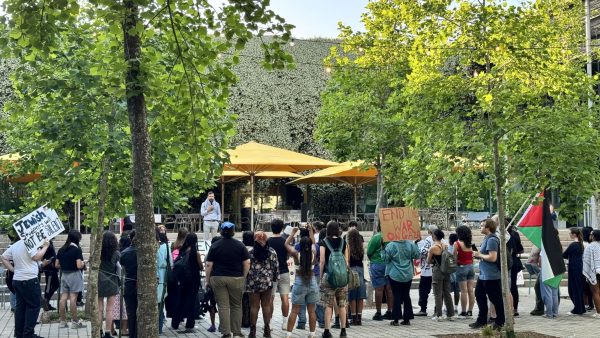
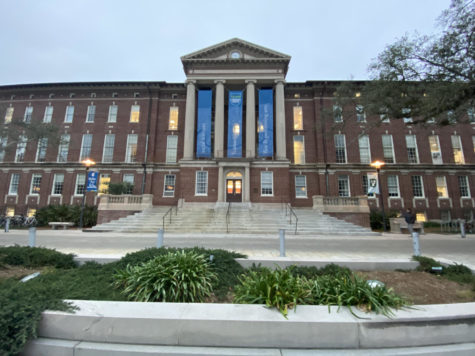


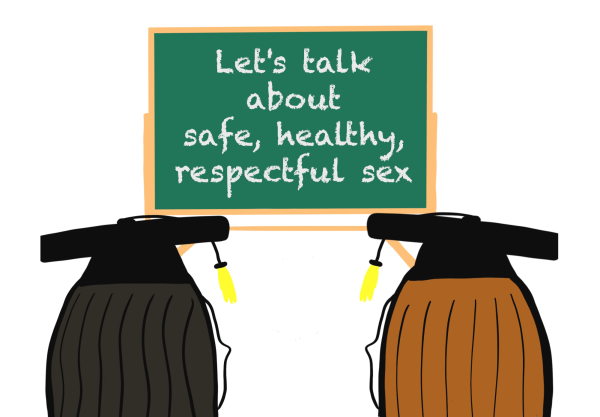
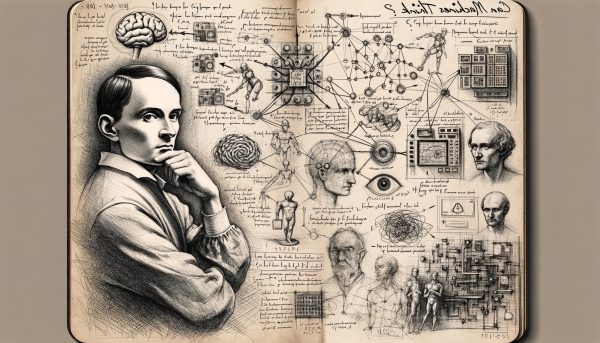



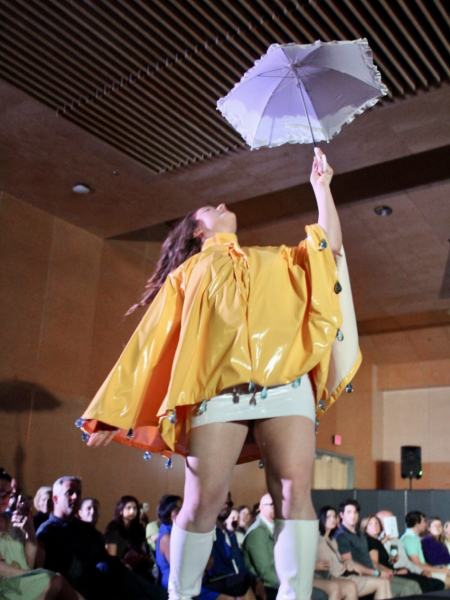
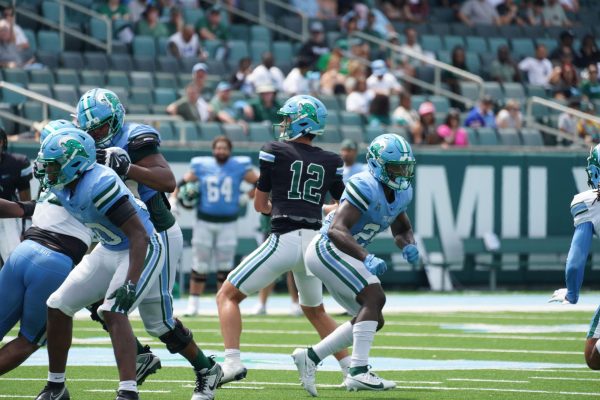


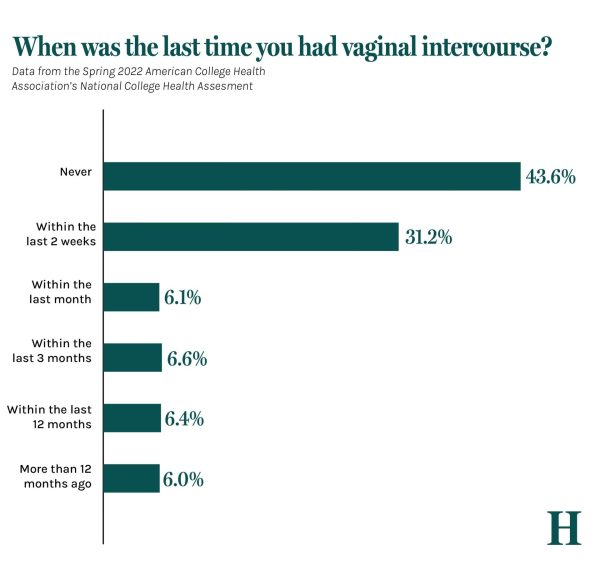
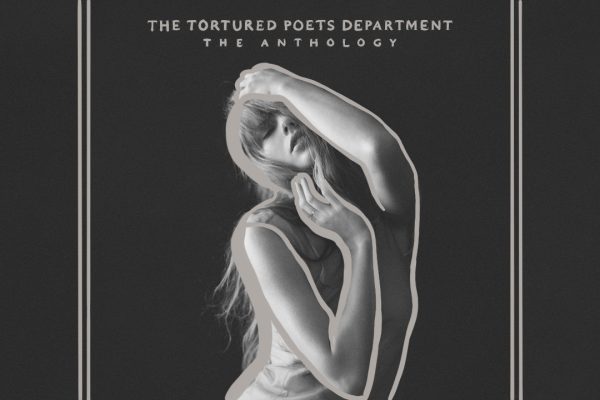





Leave a Comment